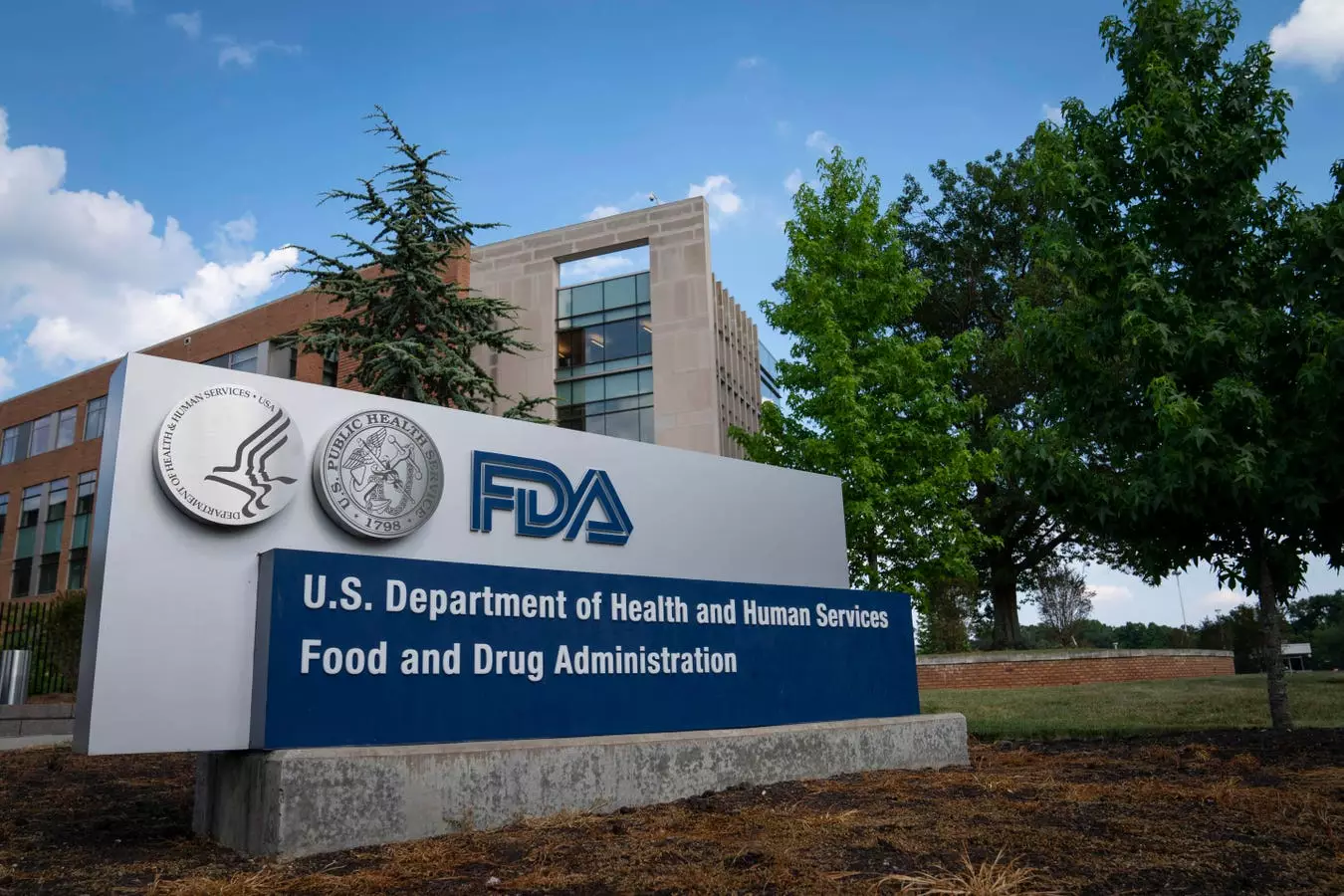On a significant note for public health, the Food and Drug Administration (FDA) has officially enacted a ban on Red No. 3, a synthetic dye commonly found in various foods, beverages, and medications. This decision mandates that companies remove the dye from all their products by January 2027. While this is certainly a step toward safer consumption, it raises the question of what remains on the market. With eight artificial dyes still permitted for human use in the United States, it is crucial to delve deeper into the implications of this ban and the potential health risks associated with these additives.
For years, manufacturers have relied on artificial dyes to enhance the visual appeal of their goods, making them more enticing to consumers. However, accumulated research indicates that many of these synthetic colorants can pose serious health hazards. Studies have linked certain artificial dyes to a range of health issues, including allergic reactions, hyperactivity in children, and, more significantly, potential carcinogenic effects. The lasting presence of these additives in mainstream food products exemplifies the disparity between consumer expectations for safety and the actual regulations governing food products.
Compounding this issue is the fact that synthetic dyes are often derived from petroleum-based chemicals. With a staggering report from Consumer Reports indicating that prior to the ban, nine synthetic dyes were still allowed in food products, the news of Red No. 3’s removal is overshadowed by the existence of other equally concerning dyes. A considerable percentage of candies, flavored snacks, and drink mixes, over 90% in fact, contain one or several of these synthetic colorants.
Children and individuals with existing health conditions stand to be particularly vulnerable to the effects of artificial dyes. Research continues to provide evidence supporting a correlation between the intake of these food colorings and negative behavioral outcomes in children, such as increased rates of hyperactivity and other attention disorders. The ban on Red No. 3 highlights a broader movement among consumers and health advocates who are demanding more transparency and safer ingredients in the food they consume.
Despite this push for change, many leading food corporations, including General Mills and Kellogg’s, have promised significant shifts away from artificial colorings. However, these commitments have yet to result in comprehensive action, as synthetic dyes still find their way into their popular products. The discrepancy between corporate promises and actual practice suggests a need for strengthened regulations to ensure compliance and prioritize public health.
In the wake of the FDA’s ban, it is crucial to assess which food products and companies still incorporate synthetic dyes into their offerings. For instance, Mars Company, which produces notable products such as Skittles and M&Ms, continues to utilize a host of synthetic colorings like Red 40 and Yellow 5 across their product lines. Other major players like General Mills and Kellogg’s also feature these dyes in widely consumed cereals and snacks, such as Trix and Froot Loops, respectively.
Moreover, the companies that manufacture these synthetic dyes include publicly traded corporations such as Sensient Technologies Corporation, Archer Daniels Midland, and DowDuPont. The extent to which these companies rely on the sale of synthetic dye-infused products remains a crucial question as consumer demand for healthier options continues to rise.
As the food industry grapples with evolving consumer preferences, companies that choose to dismiss the push for safer ingredients may face significant financial repercussions. As seen with the increasing demand for organic and clean-label products, consumers are likely to seek alternatives that align with their health-conscious lifestyles. This paradigm shift could accelerate further regulatory scrutiny and drive the FDA to re-evaluate the remaining eight artificial dyes still permitted in food products.
The potential nomination of figures like Robert F. Kennedy Jr., who advocates for greater scrutiny over the American food supply, signals a momentous shift in focus towards corporate responsibility. If the trend toward more nutritious eating habits continues, the food and beverage sectors must adapt or risk declining sales and cutthroat competition.
The ban on Red No. 3 is not just a symbolic victory; it highlights the urgent need for ongoing dialogue about food safety and the ingredients we consume daily. With time still left before the ban’s enforcement, consumers, advocacy groups, and manufacturers must push forward to examine the breadth of synthetic dye usage and its implications for public health. By fostering increased awareness around these additives and advocating for cleaner alternatives, we can ensure a safer food supply for future generations. The time for change is now, and it is the responsibility of all stakeholders to make informed choices that prioritize our health and wellbeing.


Leave a Reply